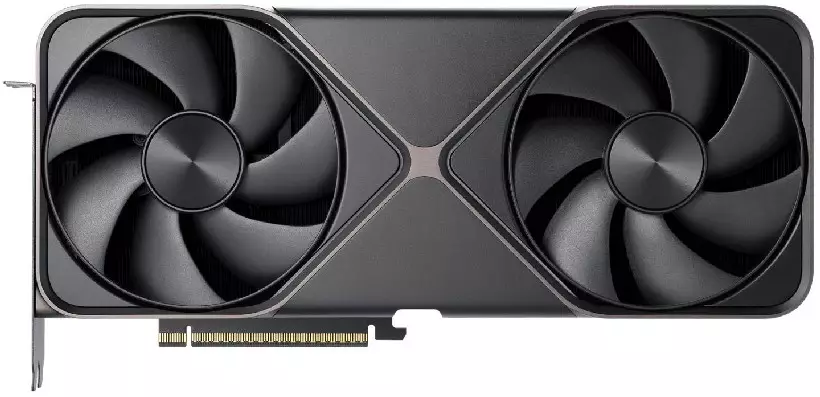Technologies of the new Nvidia GeForce RTX 5000 series graphics cards: DLSS 4 and Reflex 2
10.01.25
Nvidia introduced an updated version of DLSS technology and Reflex 2 latency reduction technology at the same time as the announcement of the GeForce RTX 50-series graphics cards.
DLSS 4
The new generation of DLSS combines several image enhancement methods, including scaling, intermediate frame generation, and optimized ray-traced rendering. The developers claim that DLSS 4 will provide higher performance and improved graphics quality. The key innovation is Multi Frame Generation technology, which is capable of generating several additional frames.
Frame Generation technology was first used in DLSS 3 for GeForce RTX 40 series video cards. It used optical flow data to generate intermediate frames, but faced the problem of increased latency. In the new version of DLSS 4, these shortcomings have been eliminated by using more advanced algorithms. Traditional DLSS work relied on CNN neural networks for pixel processing, while DLSS 4 uses the Transformer algorithm. This method more efficiently analyzes long patterns, which requires a larger amount of parameters and computing power. This approach allows you to generate up to three additional frames with minimal latency.
The new technology also improves the quality of dynamic object rendering. DLSS 4 is reported to provide a fourfold increase in performance compared to the native high-detail preservation mode. However, due to the increased computational resource requirements, Multi Frame Generation will only be available on GeForce RTX 50-series graphics cards.
Despite this, users of older GeForce RTX models will be able to experience improvements in Super Resolution scaling and the standard version of Frame Generation thanks to software optimization of DLSS 4. In addition, the new technology is easily integrated into games that support DLSS 3. Owners of video cards will be able to activate it manually even in those projects where the basic version of Frame Generation is used.
It is expected that at least 75 games will support Multi Frame Generation by the time DLSS 4 is released. Demonstrations of the technology can already be seen in the videos with the game projects Black Myth: Wukong and Dune: Awakening, where it was tested in 4K resolution on the GeForce RTX 5090 video card.
Reflex 2
Along with the new DLSS capabilities, Nvidia also introduced Reflex 2 technology, which combines the Reflex Low Latency mode and the Frame Warp method. The latter is responsible for deforming an already rendered frame and redrawing the image when changing the camera perspective using predictive rendering.
Compared to the first version of Reflex, the new iteration demonstrates high efficiency not only in conditions of limited video card resources. For example, in the online shooter The Finals, enabling Reflex 2 reduced latency by 50% compared to Reflex 1. In Valorant on the RTX 5090 system, the average latency was less than 3ms.
The issue of input lag in competitive games remains critical, as even fractions of a second can affect the outcome of a match. Reflex 2 technology is designed to minimize these delays, providing a more responsive gameplay.
Don't miss interesting news
Subscribe to our channels and read announcements of high-tech news, tes
Review of Samsung Galaxy A36 and Galaxy A56 smartphones: in a shadow of light

The Samsung Galaxy A36 and Galaxy A56 have equally good displays, large batteries, and support for software updates for 6 years. Let’s talk in more detail about what else makes them interesting.
Tech companies’ capitalization is falling sharply due to Trump’s tariffs and the looming crisis business USA
Nvidia has recorded the biggest losses – its shares have depreciated by more than 30% since the beginning of the year. Apple has recorded a capitalization drop of approximately 26% over the year.
Mercedes-Benz has released electric concrete mixers and a dump truck based on the new eArocs 400 car electric transport Mercedes-Benz
Diesel versions of the Mercedes-Benz Arocs have been used on construction sites for many years.


